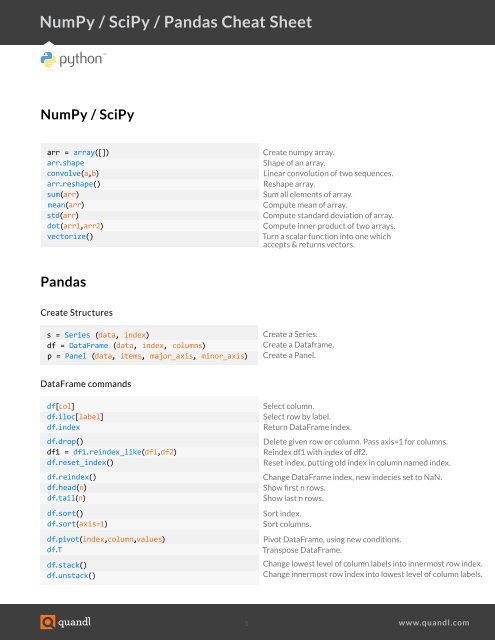
In the program convolve1.py, we have taken two one-dimensional input vectors named v1 and v2. Printing linear convolution result between v1 and v2 using 'valid' mode: Printing linear convolution result between v1 and v2 using 'same' mode: Printing linear convolution result between v1 and v2 using default 'full' mode: Print("\nprinting linear convolution result between v1 and v2 using 'valid' mode:") Print("\nprinting linear convolution result between v1 and v2 using 'same' mode:") Print("\nprinting linear convolution result between v1 and v2 using default 'full' mode:")

Programming Example Program to show the working of nvolve() method # importing the numpy module The convolve() method returns discrete linear convolution of v1 and v2 one-dimensional vectors. Values that are outside the signal boundary do not affect. The convolution product is only given when v1 and v2 completely overlap each other.

It is an optional parameter and has three different modes which are explained below: V2: array_like, second one-dimensional input array. V1: array_like, first one-dimensional input array.


 0 kommentar(er)
0 kommentar(er)
